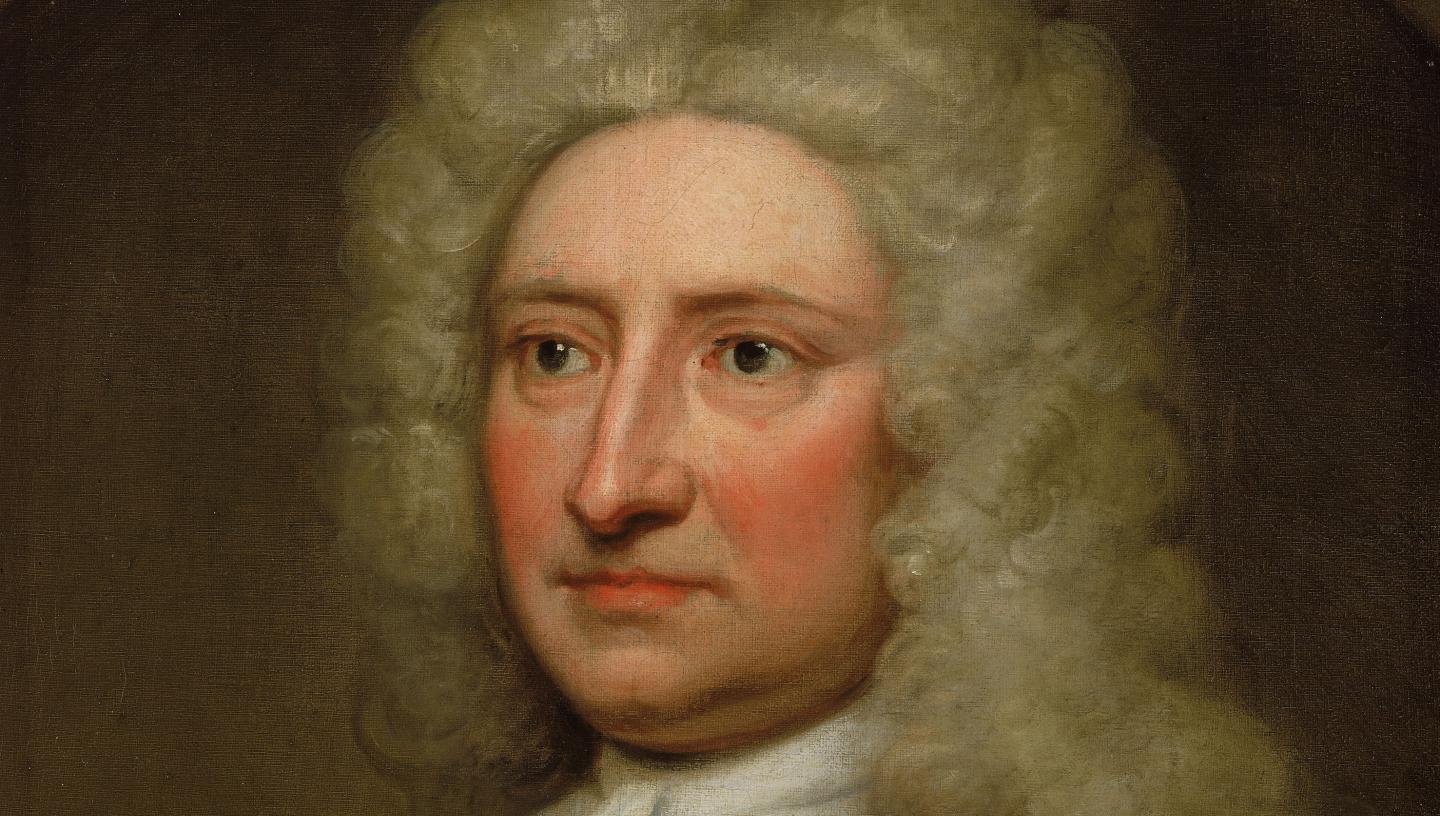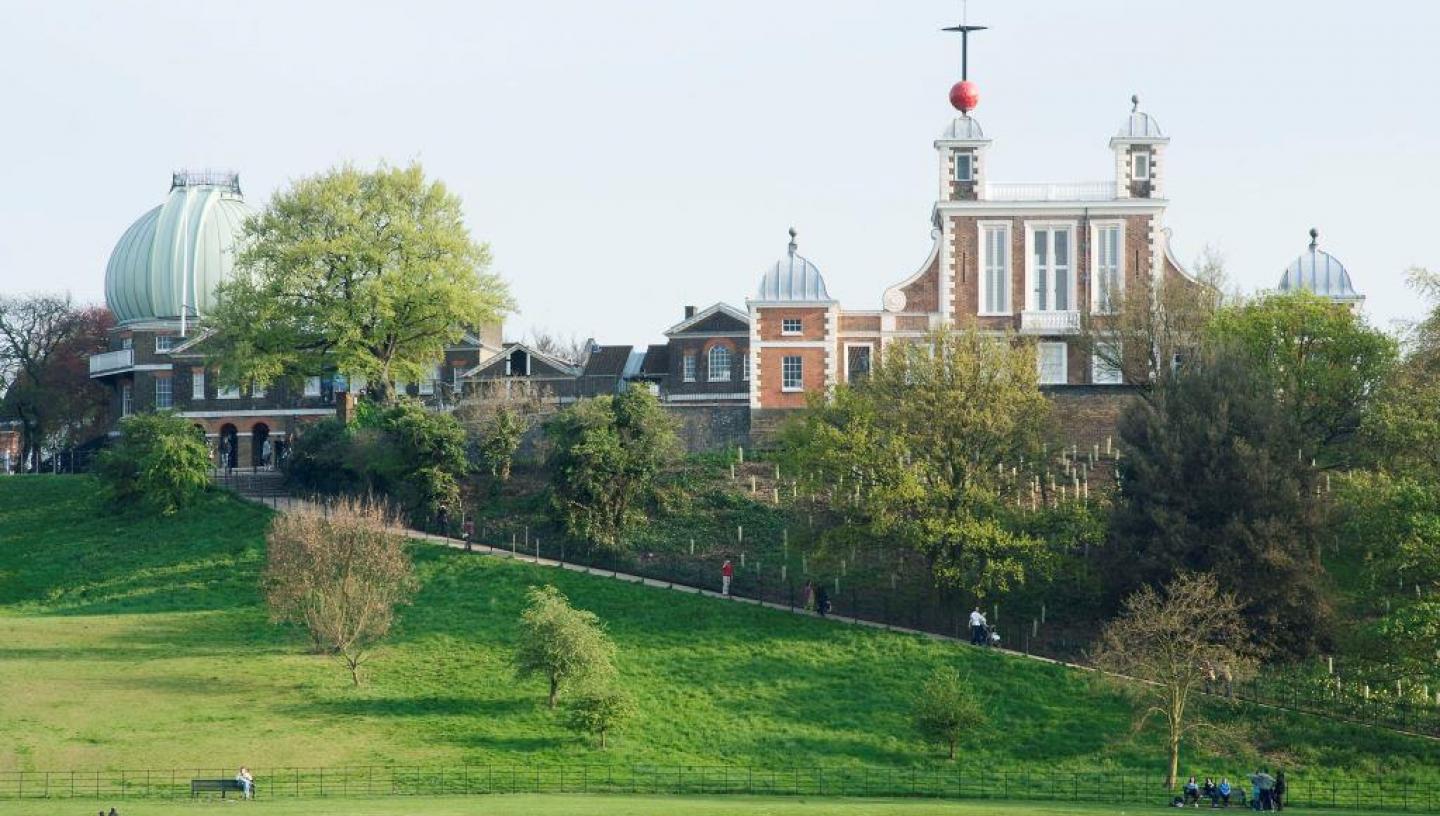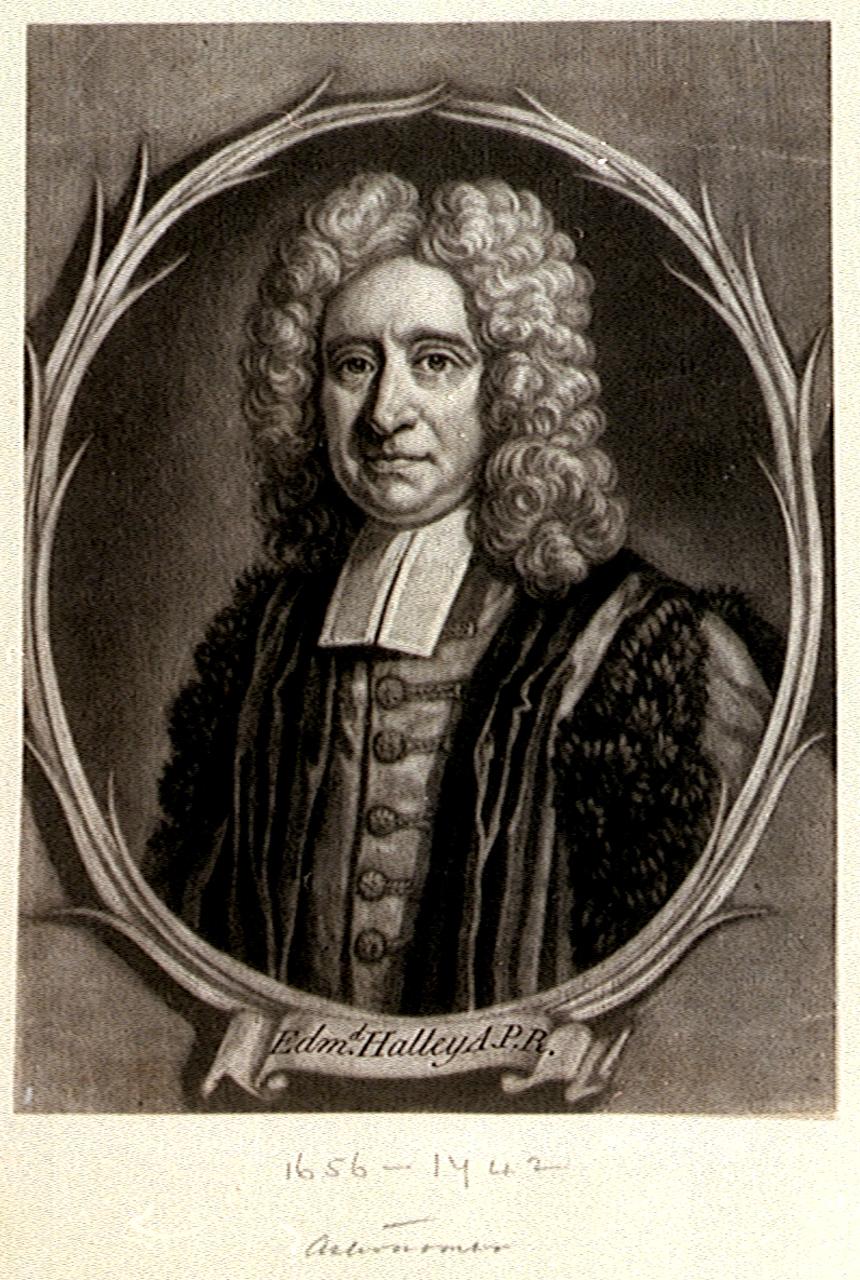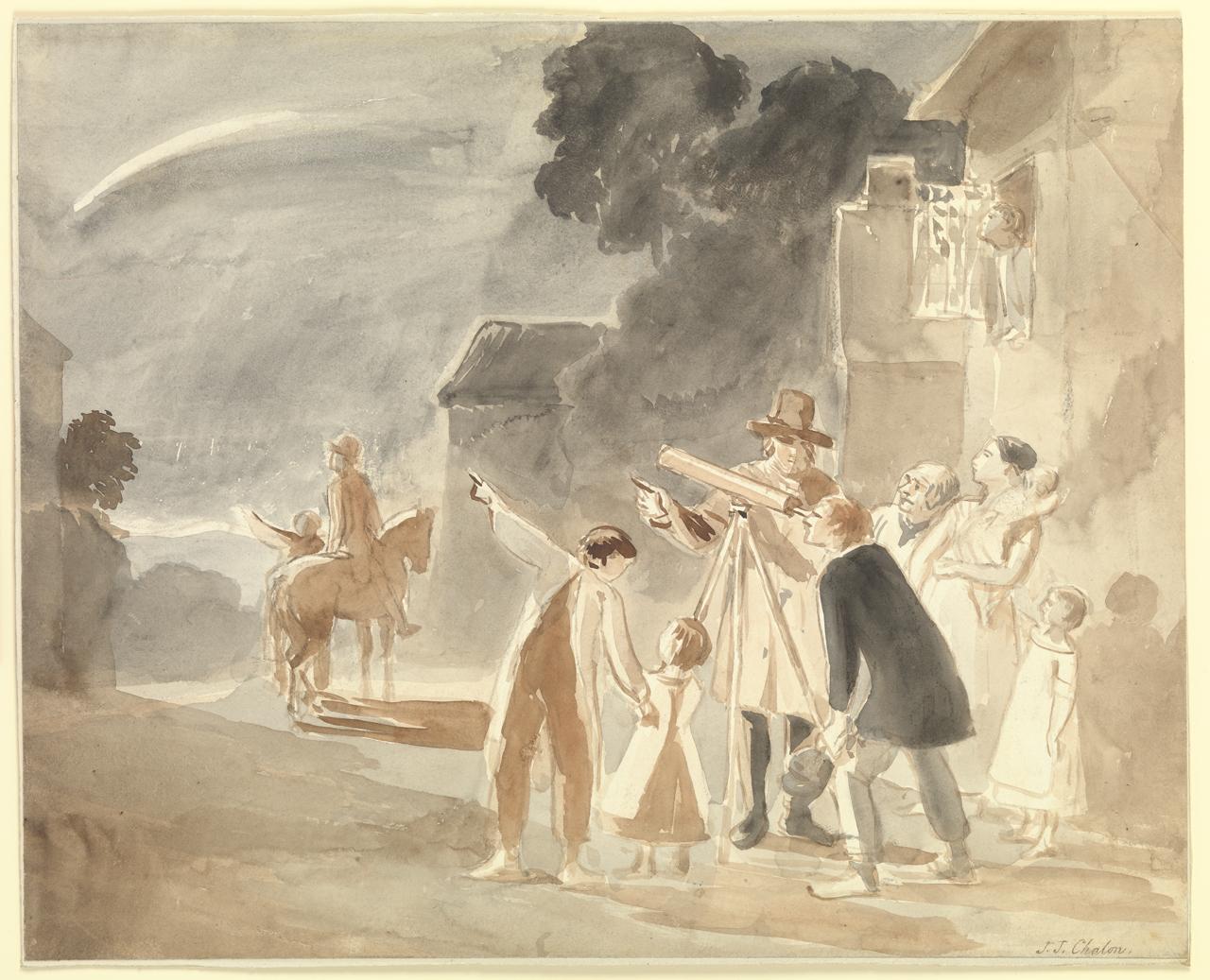
Edmond Halley set out to sea to use magnetism as a possible solution to the problem of determining longitude.
It is over 300 years since Edmond Halley, the second Astronomer Royal, completed three voyages on the ship Paramore to investigate the variation between true and magnetic north and the possibility of using the difference to find longitude at sea.
Lodestone
From the 12th century in Europe, lodestone, or magnetite (Fe304), a naturally occurring magnetic ore, was used to magnetise mariners' compass needles. On longer voyages, it was necessary to carry a piece of lodestone on board to remagnetise the needles. Until the mid 18th century, compass needles were made of soft iron and so would lose magnetism relatively quickly.
The 15th and 16th centuries saw an increase in exploration and international trade and as a result, the compass became more important as mariners travelled further afield. It was especially important for oceanic voyages in cloudy weather.
Edmond Halley
More than 50 years after Gilbert published De Magnete, his famous work on magnetism, Edmond Halley (1656–1742), already an established astronomer and natural philosopher, set sail in command of the ship Paramore to investigate a possible solution to the longitude problem.
By this stage in his career, Halley, now aged 42, had already mapped the stars of the southern hemisphere from the island of St Helena, worked for Flamsteed at the Royal Observatory and been instrumental in the publication of Isaac Newton's Principia.
In 1698, in the hope that Halley might be able to solve the longitude problem, the Royal Navy made him a captain and he set sail on the Paramore to chart the variation of the Earth's magnetic field in the western and eastern hemispheres. As it turns out, the variations fluctuate with time and cannot be used to find longitude at sea.
The compass
Though not useful in determining longitude, the compass continued to be important in navigation. In design, it changed little between around 1550 and 1750. The azimuth compass was a step up from the standard mariners' compass. These compasses incorporated a means of aligning the compass with a celestial body such as the Sun or the Pole star. The reading from this alignment would then give another reading for north which could be compared with that given by the compass needle thus allowing the variation to be easily read.
Beyond the sea - Halley's Comet
As the Astronomer Royal, Halley conducted extensive research in the field of astronomy. In 1705, he published A Synopsis of the Astronomy of Comets, a work where he catalogued his findings from records of 24 comets that appeared near Earth between the 14th and the end of the 17th century.
Three out of the 24 observations had strong similarities. Looking at said similarities, Halley hypothesised that the three observations were of the same comet. This implied that the comet studied by Halley would be cyclical in nature.
With calculations, he predicted that the comet, which had been visible from Earth in 1531, 1607 and 1682, would be visible again in 1758. While Edmund Halley did not live long enough to see this, the comet returned to orbit near Earth in 1758, proving his theory correct.
Today, Halley's Comet is probably one of the most famous - if not the most famous - comet and it is scheduled to be visible again on July 28 2061.


